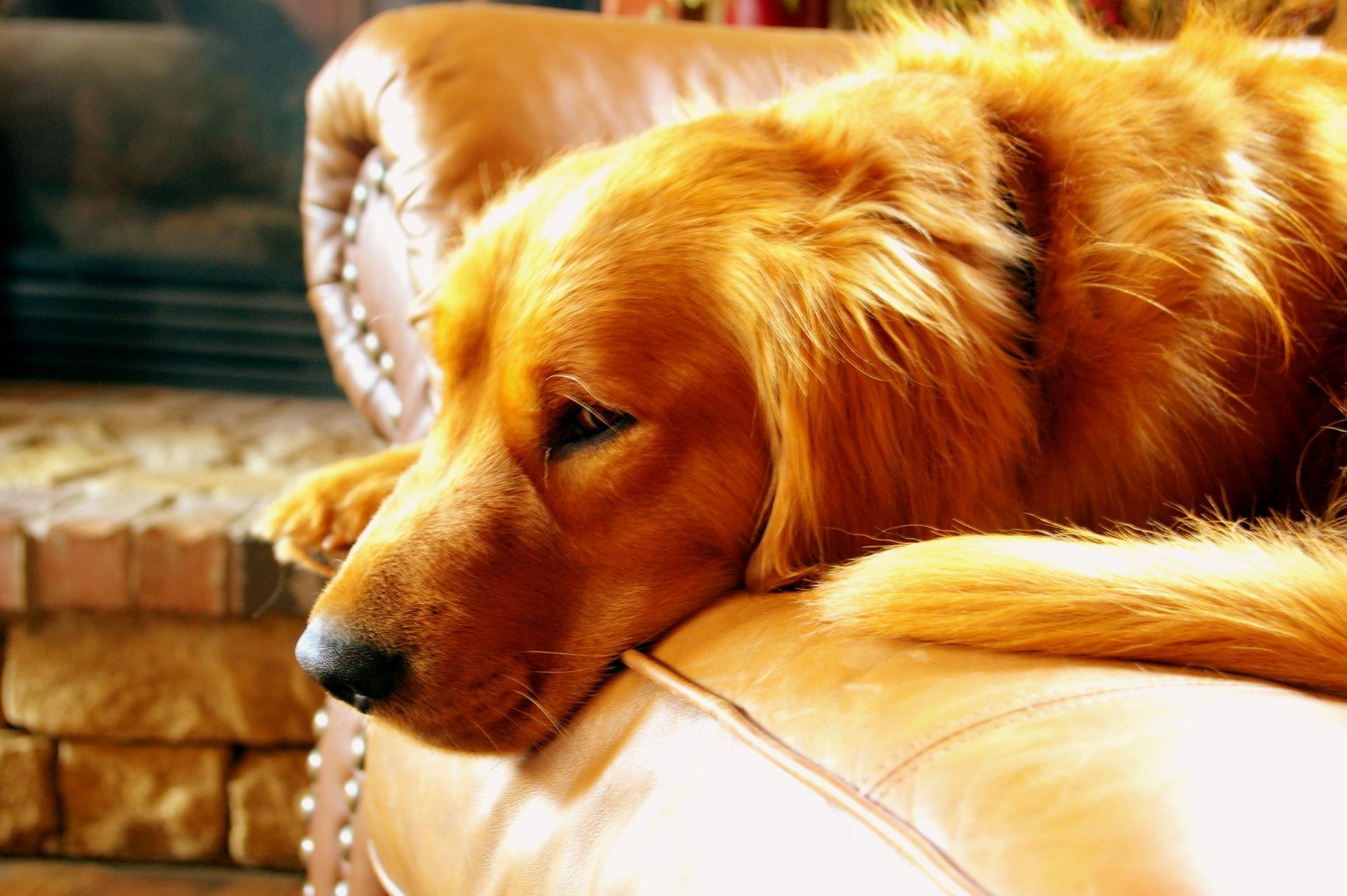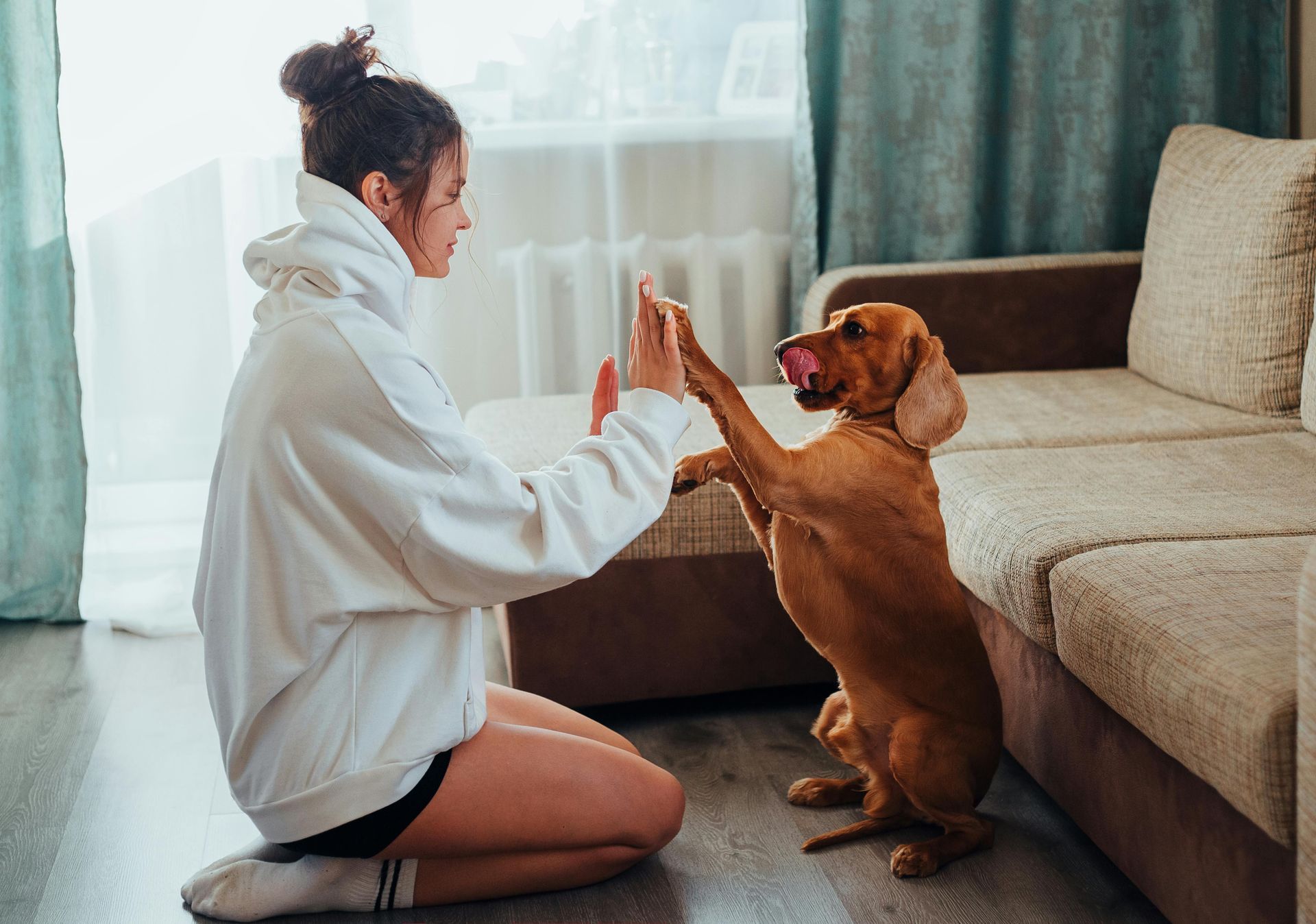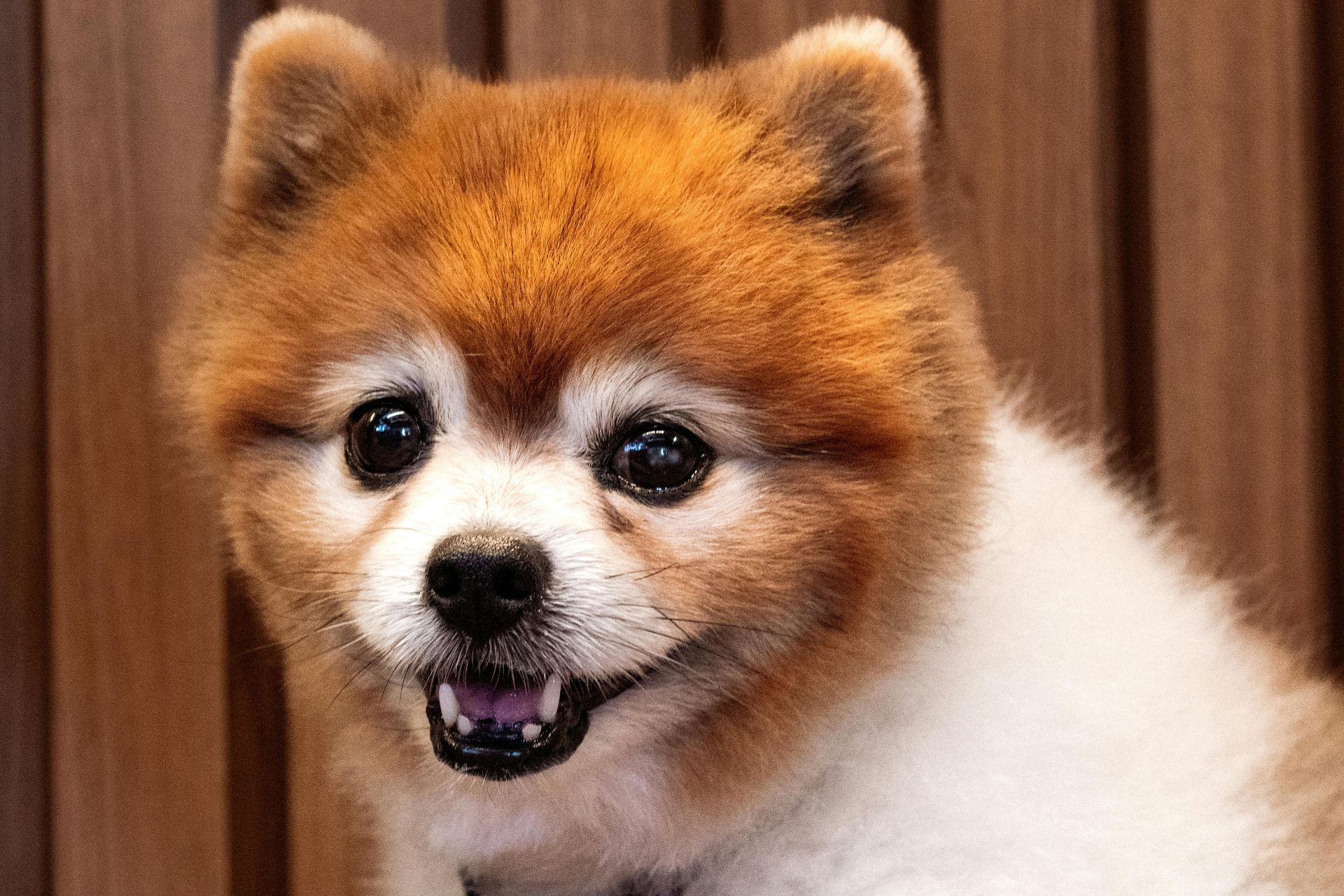Royal Library
A Step-by-Step Routine for Your Dog's Relaxation

Establishing a calming routine can help your dog feel more relaxed and secure. A consistent routine provides structure and predictability, reducing anxiety and promoting a sense of well-being. Here’s an easy-to-understand guide to creating a calming routine for your dog:
Set Regular Feeding Times
Feed your dog at the same times each day. Consistent feeding schedules help your dog know what to expect and can reduce anxiety related to hunger or anticipation.
Establish a Daily Walk Routine
Take your dog for walks at the same times each day. Regular exercise helps burn off excess energy and provides mental stimulation. Consistent walk times also help your dog feel more secure.
Create a Comfortable Resting Area
Designate a specific area in your home where your dog can relax and feel safe. This could be a crate, bed, or a quiet corner. Make sure this area is free from loud noises and disruptions.
Incorporate Calm Activities
Engage your dog in calm activities such as gentle play, training sessions, or puzzle toys. These activities can help keep your dog mentally stimulated while promoting relaxation.
Use Calming Signals
Use calming signals like soft music, gentle petting, or aromatherapy to help your dog relax. Some dogs respond well to calming scents like lavender. Be sure to observe your dog's reactions and adjust accordingly.
Implement a Bedtime Routine
Establish a consistent bedtime routine to help your dog wind down for the night. This could include a final bathroom break, a short walk, or a calming activity. Stick to the same routine each night to signal to your dog that it's time to sleep.
Practice Patience and Consistency
It may take time for your dog to adjust to a new routine. Be patient and consistent with your efforts. Reward calm behavior with treats, praise, and affection to reinforce the positive experience.
Conclusion
Creating a calming routine for your dog involves setting regular schedules for feeding, walks, and rest, as well as incorporating calming activities and signals. By providing structure and consistency, you can help your dog feel more relaxed and secure. Remember, patience and consistency are key to establishing a successful calming routine.



